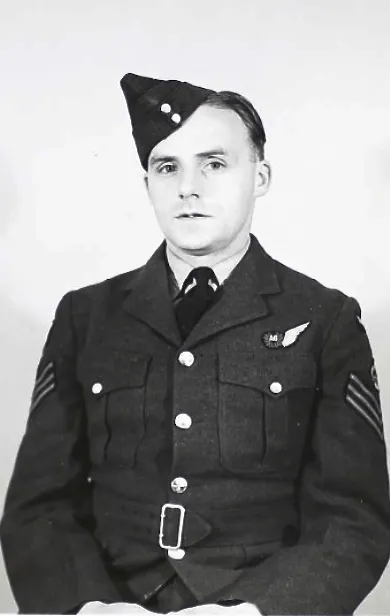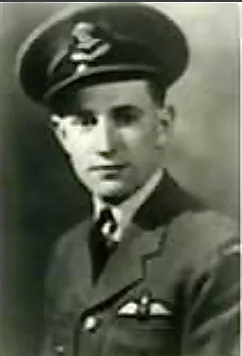Beechcraft Expeditor

Beechcraft CT-128 Expeditor Mk. 3TM (Serial No. A-734), (Serial No. CA-134), RCAF (Serial No. 1534), coded AO-N, Air Transport Command.
The Beechcraft Model 18 (or "Twin Beech", as it is also known) is a 6- to 11-seat, twin-engined, low-wing, tailwheel light aircraft manufactured by the Beech Aircraft Corporation of Wichita, Kansas. Continuously produced from 1937 to November 1969 (over 32 years, a world record at the time), over 9,000 were built, making it one of the world's most widely used light aircraft. Sold worldwide as a civilian executive, utility, cargo aircraft, and passenger airliner on tailwheels, nosewheels, skis, or floats, it was also used as a military aircraft.
During and after World War II, over 4,500 Beech 18s were used in military service"”as light transport, light bomber (for China), aircrew trainer (for bombing, navigation, and gunnery), photo-reconnaissance, and "mother ship" for target drones"”including Royal Canadian Airforce (RCAF), United States Army Air Forces (USAAF) C-45 Expeditor, AT-7 Navigator, and AT-11 Kansan; and United States Navy (USN) UC-45J Navigator, SNB-1 Kansan, and others. In World War II, over 90% of USAAF bombardiers and navigators and pilots trained in these aircraft.
In the early postwar era, the Beech 18 was the pre-eminent "business aircraft" and "feeder airliner". Besides carrying passengers, its civilian uses have included aerial spraying, sterile insect release, fish stocking, dry-ice cloud seeding, aerial firefighting, air-mail delivery, ambulance service, numerous movie productions, skydiving, freight, weapon- and drug-smuggling, engine testbed, skywriting, banner towing, and stunt aircraft. Wikipedia
CASPIR Aircraft Groups:
RCAF On Strength (415), Canadian Aircraft Losses (21), RCN On Strength (1)Expeditor Mk. II HB100
Ex USAAF UC-45B serial number 43-35463, ex RAF HB100. Assigned to No. 32 Operational Training Unit, RCAF Stations Patricia Bay or Comox, BC. Went missing over BC lower mainland on ferry flight from Rockcliffe, 16 January 1944. Ownership transferred to No. 3 Repair Depot on 5 September 1944 for write off. 4 fatalities. Wreckage still not located in 2011.
1943-12-02 Taken on Strength No. 3 Training Command 2019-08-20
1944-January-16 Accident: 32 Operational Training Unit Loc: Names: Donkersley | Flaherty | Pringle | Sowerby
1944-12-06 Struck off Strength 2019-08-20





 Canadian Virtual War Memorial
Canadian Virtual War Memorial Commonwealth War Graves Commission
Commonwealth War Graves Commission Find-A-Grave.com
Find-A-Grave.com Library and Archives Canada Service Files (may not exist)
Library and Archives Canada Service Files (may not exist) Langley, British Columbia
Langley, British Columbia



 Expeditor
Expeditor Wikipedia Expeditor
Wikipedia Expeditor Harold A Skaarup Web Page
Harold A Skaarup Web Page RCAF.info - Patricia Bay, British Columbia
RCAF.info - Patricia Bay, British Columbia BC Aviation Museum Video On History Of Pat Bay
BC Aviation Museum Video On History Of Pat Bay